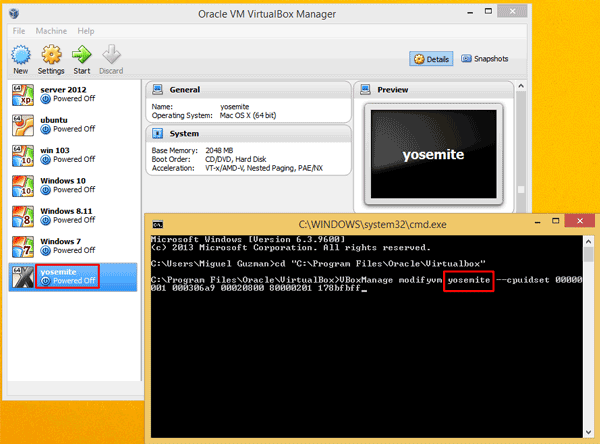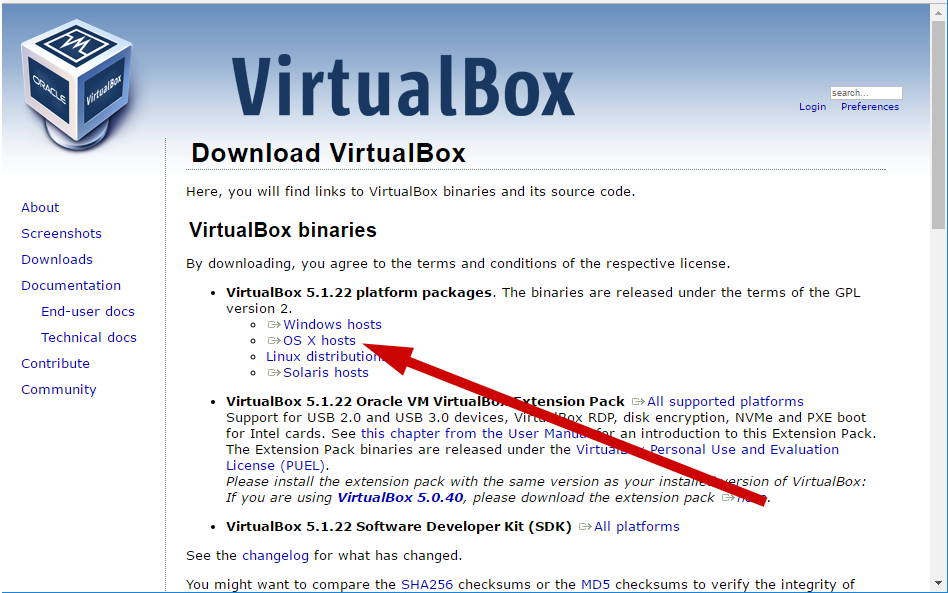

How to Install Lion OS X on VirtualBoxġ) Make sure that the VT-x is enabled. The HackBoot.iso was uploaded by us, which is safe for download. Check this guide and make sure your computer processor supports these features.ĥ) Download the boot loader which can boot the Lion OS in VirtualBox. This is also an ideal method to use in all virtualization software and physical computers.ģ) Minimum 1GB memory to Virtual machine.Ĥ) VT and 64bit supported processor. This virtual disk file can be used in VMware and VirtualBox whenever needed.ī) Create an ISO file. So this file can be attached to the virtual machine to boot the Lion OS X. The bootable Lion OS X disk can be created in two methods:Ī) Create as a VMDK or VDI file. The same bootable 10.7 OS X disk was used to boot and install Lion OS in the VMware workstation. The steps are already mentioned on our website, please check this guide on creating a bootable Lion OS X disk. We need to modify some packages and create a new disk that can be booted in VirtualBox or VMware.įor this process, you must have a working Snow Leopard OS on a physical or virtual machine. The ordinary installation DMG file you download from Apple or any torrent sites will not work here. This is a very important part of this installation. What do You need?Ģ) The pre-created Lion OS X installation disk. Hardware Virtualization Technology (VT) is enabled and the processor supports 64-bit technology. The Extension Pack enhances VirtualBox with some useful capabilities.Intel Core2Duo 2.66GHz, 3GB RAM and Windows 7 32 Bit Operating System. So close down VirtualBox, download and double-click on the extension pack, and VirtualBox will launch and install it for you, upgrading any earlier version you might have. None of this requires separate installation, as the extension pack has a "vbox-extpack" file extension that's handled by VirtualBox. Essentially this allows you to run a virtual machine on one PC, while you view and control it from another: again, the manual has the full story.Īnd there's also support for remote booting a computer through emulation of the Intel PXE boot ROM with support for the E1000 network card. You also get VirtualBox Remote Desktop Protocol (VDRP) support. You'll probably need to enable the controller manually, though, as well as add filters for the USB devices you'd like to use (the VirtualBox manual has more details). It includes a USB (EHCI) controller, for instance, which should allow you to get better performance from your USB devices.

The VirtualBox Extension Pack adds useful new features to this popular virtualisation package.


 0 kommentar(er)
0 kommentar(er)
